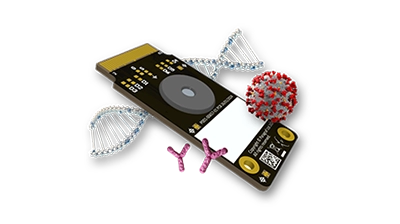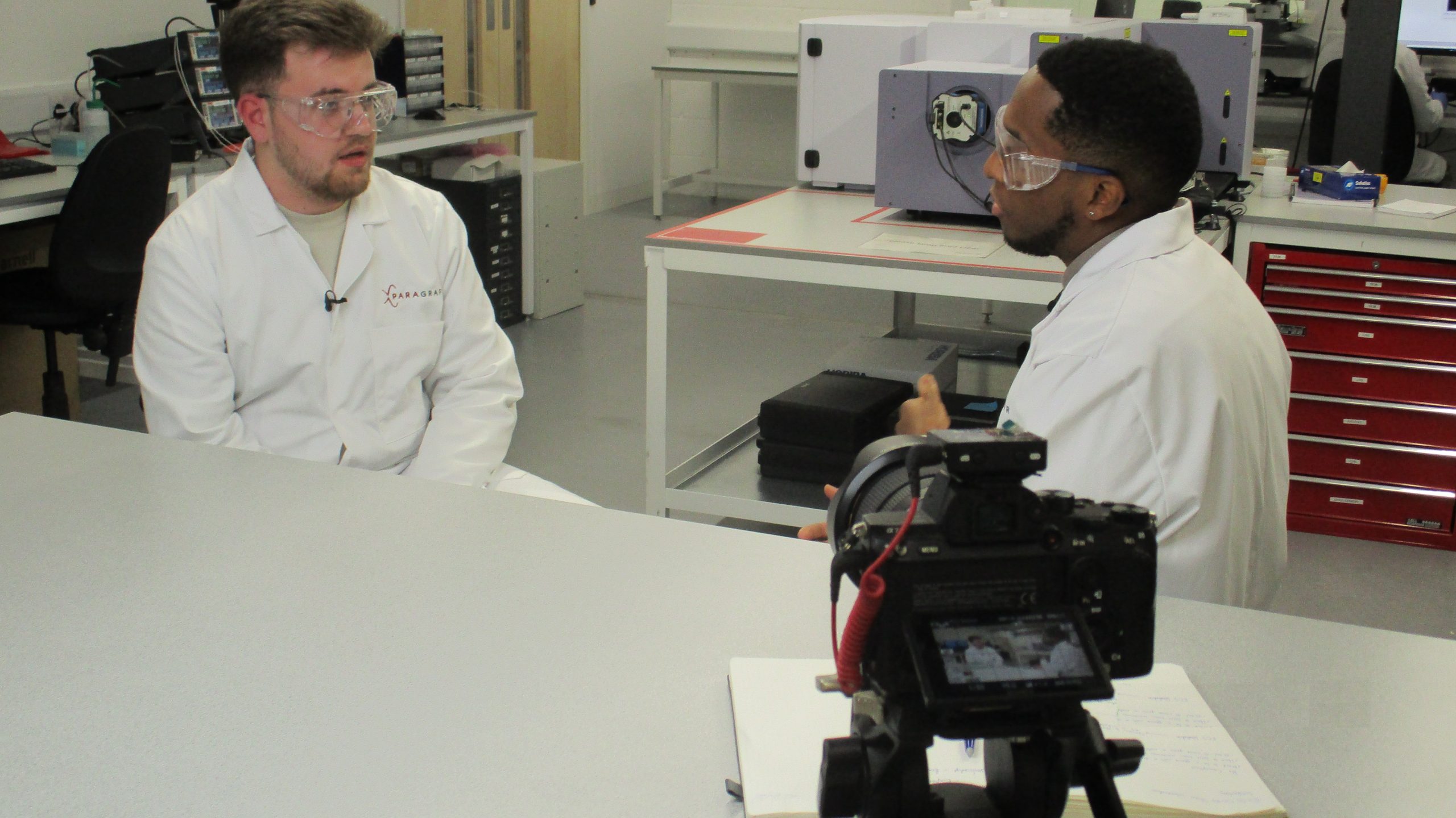
In Part 1, we discussed the design, function and benefits of brushless DC (BLDC) motors. These motors are scalable, simply constructed and energy efficient, making them an attractive solution for a wide array of applications.
Hall sensors that track the movement of a BLDC rotor’s permanent magnet and feed that positional information back to the control mechanism can further improve the already impressive energy efficiency gains of BLDC motors. However, room – and incentive – for further efficiency gains remains. In the absence of a replacement technology that could monitor rotor position better than the Hall sensor, the mission is simply to design a better Hall sensor. That is where Paragraf comes in.
Why Paragraf Hall sensors?
Silicon-based Hall sensors, the conventional solution for magnetic sensors, have reached the limit of their resolution capability. Compound semiconductor materials (e.g., gallium arsenide, indium antimonide, indium arsenide) improve on silicon’s sensitivity and resolution but they present a variety of deficiencies. They suffer from poor linearity. Their performance is heavily reliant on environmental conditions. Their manufacturing processes is more complex and involve often-toxic chemicals.
Paragraf graphene Hall sensors boast the sensitivity and resolution of compound semiconductors while maintaining silicon’s ease-of-use. Our sensors are also robust across a wide range of thermal environments, from the high temperatures of under-the-hood automotive applications down to cryogenic temperatures necessary for quantum computing.
The rotating charges of the coils within the BLDC motor create an environment busy with magnetic fields, increasing the noise level through which the position sensor must track the rotor magnet. The two-dimensional nature of graphene renders the Paragraf position sensor immune to stray magnetic fields in the plane of the sensor,
Do the benefits of Paragraf sensors go beyond efficiency?
In many BLDC applications – for instance, EVs, drones and robotics – multiple motors work in conjunction and it is necessary that their timing matches up. Tools exist to monitor speed and synchronisation operation among multiple motors. Pulse width modulation, which often employs Hall sensors to track speed, is a popular tool for adjusting timing on the fly by switching the electric current on-and-off. With the superior sensitivity of graphene-based position sensors to guide the energization schedule it is also possible to provide superior speed-monitoring service at the same time
The constant improvements in technology have large knock-on effects across the market. As well as energy efficiency, the refinements being brought by graphene stand to have wide-ranging benefits to position-sensing applications and all the industries that employ them.
Paragraf is committed to making the next generation of solutions possible through the revolutionary technology of graphene electronics. In our next chapter of this blog series, we will discuss how our sensors can help your BLDC motors conform to the next generation of energy efficiency standards. In the meantime, please contact us to learn more about how we can provide energy-efficiency solutions now.







